With the opening of the Nocturnal House fast approaching I thought I would go a little bit into circadian rhythms.
So first of all what does it mean?
It is a 24 hour period of behavioral and physiological activity in animals and plants. In animals, even more simply it is the sleep/ awake cycle. Animals can be broken down into categories based on when they are most active. All creatures need to sleep and so they choose a period of activity that works best for them and then rest the remainder.
So how are they adapted and why might they choose that time to be awake?
Nocturnal patterns
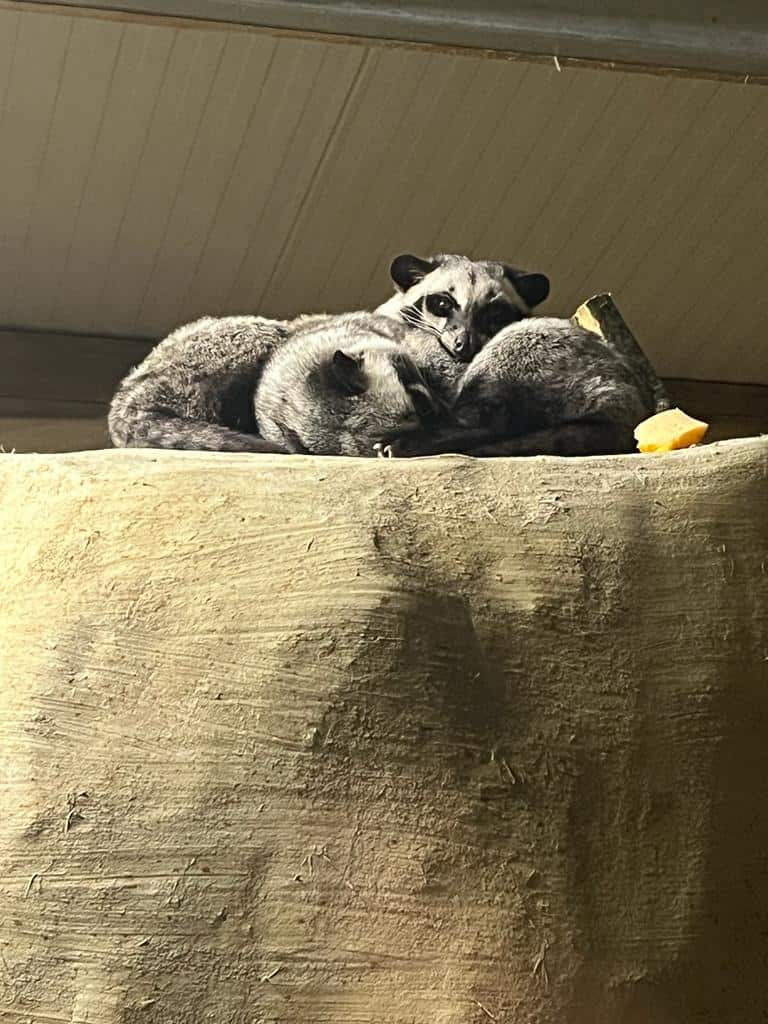
Nocturnal is probably the most familiar with everyone. It means they are active at night and asleep in the day. Nocturnal animals that rely on seeing at night tend to have larger eyes with big pupils. These contain more rods than cones, rods are used for collecting light , while cones enable colour vision. This means the animal sacrifices colour for better vision. In order to maximise this they have a layer at the back of the eye called the tapetum which acts like a mirror bouncing more light back into the rods. This is why these animals eyes light up if you shine a torch at them.
Night vision
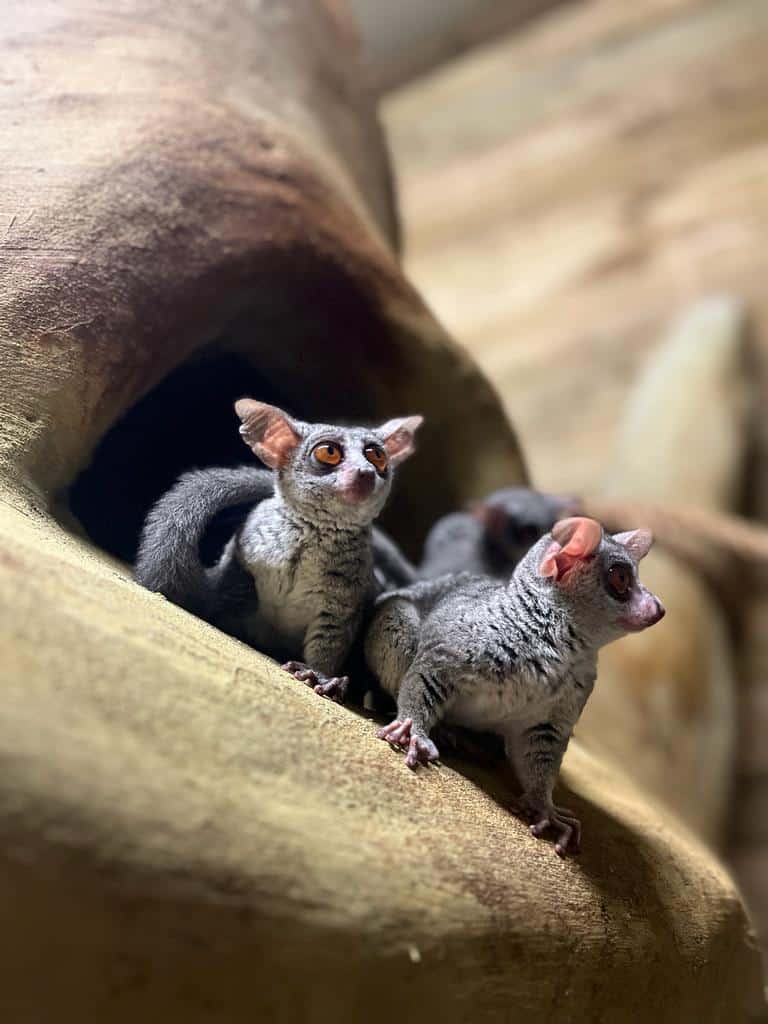
Sight isn’t everything at night, hearing is also a very useful tool for many. An extra bonus at night is a lot of other creatures are asleep so it is generally quieter in the first place. This adaptation obviously involves the ears as this is where sound is picked up. Cupped ears allow the animal to pick up more sound. Many animals are also able to move their ears which allows them to work out where a noise is coming from easier. Asymmetrical ears, as with owls, enable the animal to hear from each ear individually and so pinpoint exactly where a noise originates. An owl’s facial disk is also to do with hearing and helps to concentrate sound waves into their ears.
Echolocation
Bats use echolocation to further reap the benefits of hearing. They give off a high pitched noise which travels out from them, bounces off an object and comes back. They listen for these echoes to work out where obstacles are or food.

Scent
A good sense of smell is also beneficial as it helps predators find their prey and tells prey if there is a predator nearby. This is a sense that is unaffected by light patterns so can be used throughout the 24 hour period.
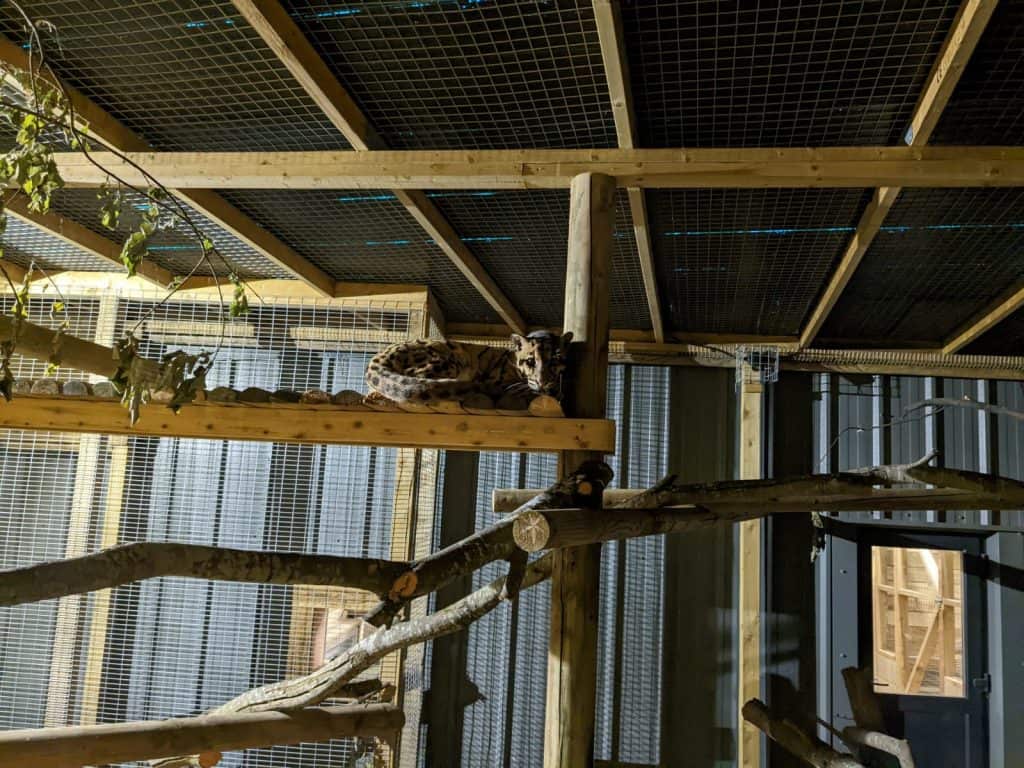
Taste
Snakes use taste to hone in on their prey. They don’t have a lot of taste buds so don’t taste like we do. Instead they use a specialised organ in their mouth, which allows them to taste their prey and what’s around them from the air.
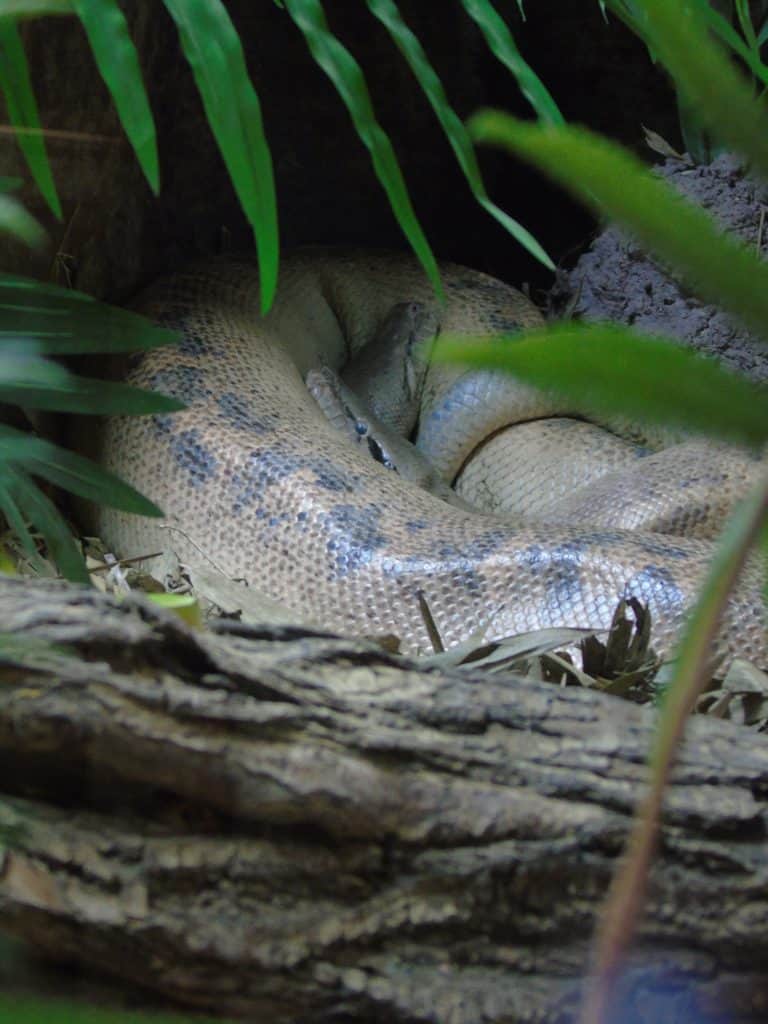
Night life
So what are some of the advantages to being active at night. For prey animals it may be that there are less predators at night. It also makes it harder for many predators to find them or easier for the prey to evade them. Predators can use the dark to ambush their prey more easily.
For some predators it may be that there is too much competition in the day. If a larger predator is on the hunt, no smaller one is going to stand a chance. Either because all the prey will be on the alert or because they run the risk of being killed by the larger predator themselves.
It may be because of the activity period of a desired prey. If a predator for example hunts a very specific animal it must be awake when that animal is. Many rodents for example may use the cover of darkness and so many owls are awake then to take advantage of it.
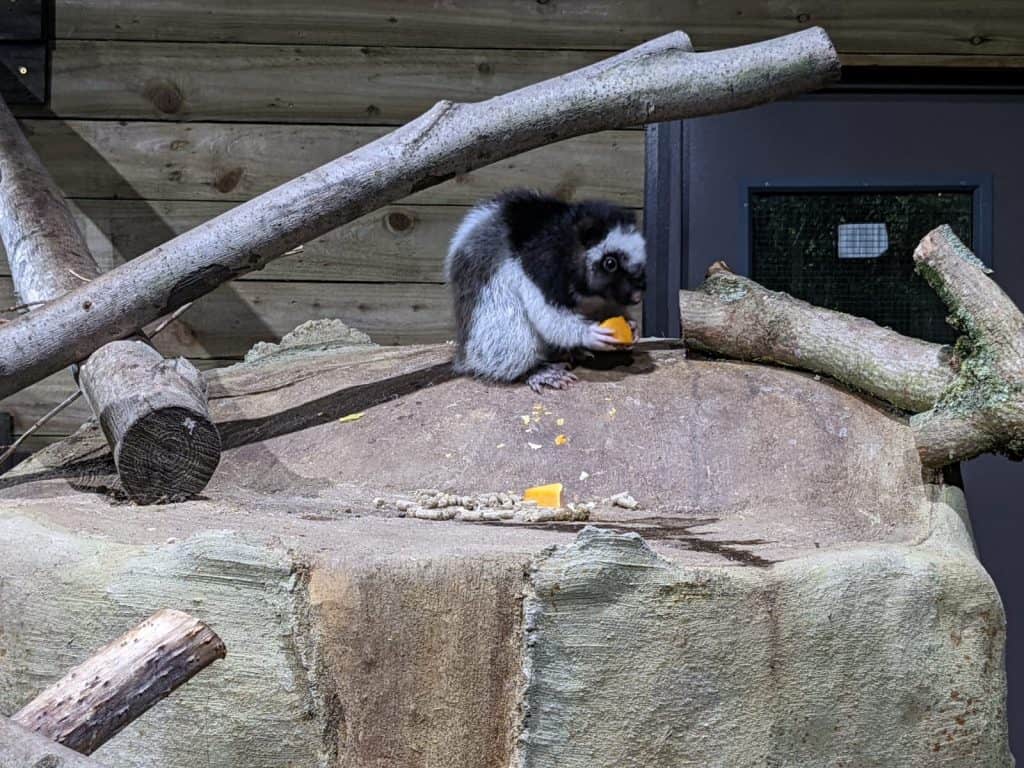
Another pro is to avoid the heat of the day. Many desert dwelling creatures need to come out at night as it is simply too hot for them otherwise.
So when the Nocturnal House is open come inside and see what adaptations each of our animals have to be able to thrive at night.


